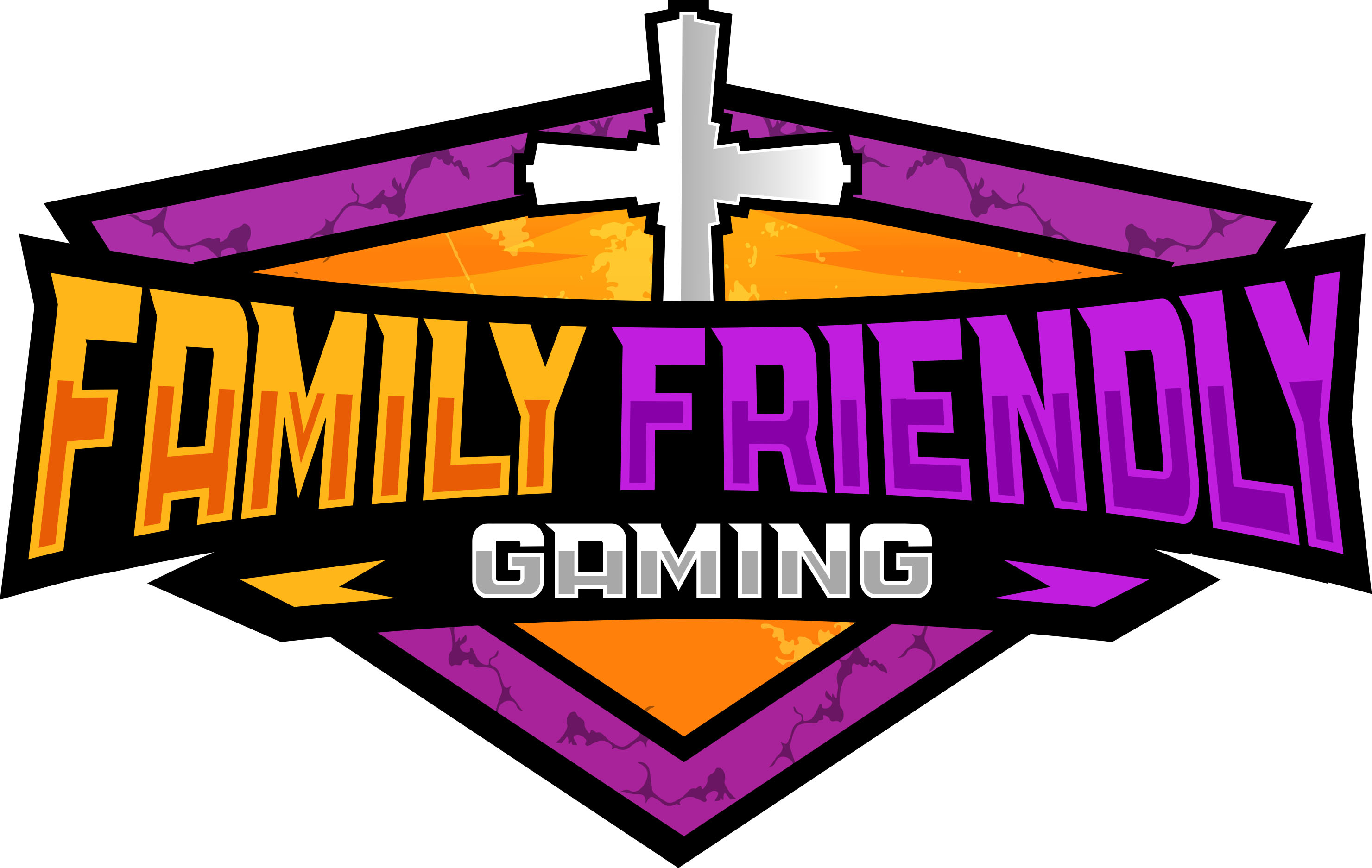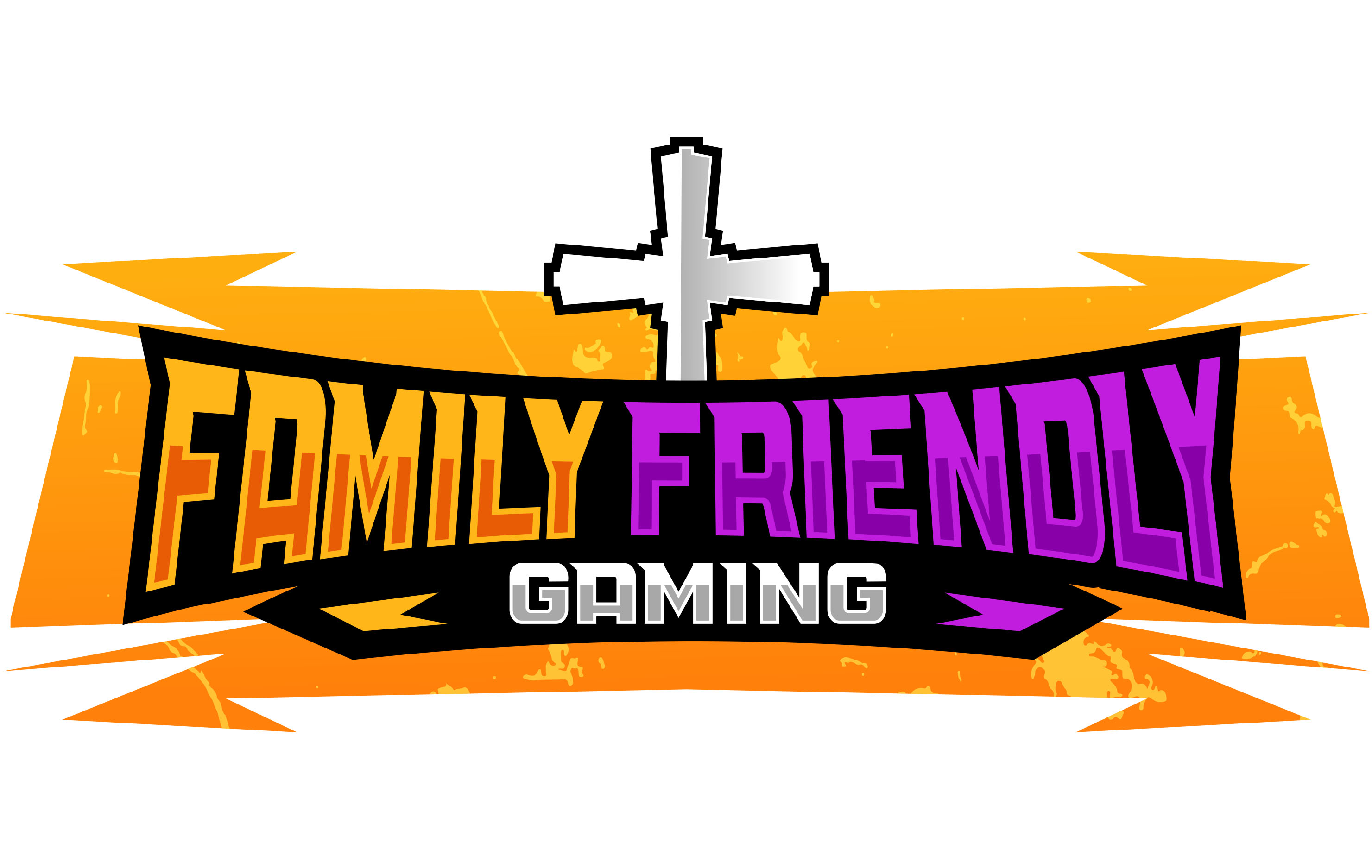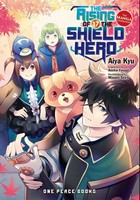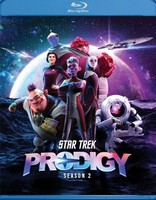Q: Bradley: What was the most difficult scene to animate and why was it so difficult?
A: Bradley Raymond - The scene where Lizzy learns Tinker Bell's name was a very important scene in the movie. I wanted to capture the first moment that they start their friendship. This was the longest scene in the movie and was very dependent upon both character's performances. Although it was the most difficult scene to accomplish, it is the one I am most proud of.
Q: Bradley: What was your toughest challenge in creating this movie?
A: Bradley Raymond - I wanted to tell a magical story of a little girl that we can relate to who meets Tinker Bell and discovers that magic truly does exist. The biggest challenge was to create the feeling of magic for the audience. I believe that the best way to do this is to first create a believable world that the audience can identify with. Then when the magical moments happen, the audience could feel as though it were happening to them as well.
Q: Bradley: Where did the idea for this film come from?
A: Bradley Raymond - I absolutely loved Disney's Peter Pan when I was growing up. I really connected to the idea of Wendy getting to meet Peter and Tink. The idea of an ordinary character that the audience could relate to, getting to experience a magical world was my inspiration for this story.
Q: Helen: Where did the idea for this film come from?
A: Helen Kalafatic - The idea came from Brad's desire to want to tell the story of Tinker Bell meeting a human prior to Peter Pan. Meeting Lizzy is the first time Tink's ever met a human.
Q: Bradley: When I chatted with Klay Hall and Sean Lurie about Tinker Bell and the Lost Treasure, they said that each film is set in a particular season. Is that still true with this film, and how did it influence the movies story and look?
A: Bradley Raymond - That is true. This movie takes place in the countryside of England during the summer. This created a beautiful and lush backdrop to the story of Tinker Bell meeting a human for the first time.
Q: Bradley Raymond: You also wrote the story for both Tinker Bell movies. Is it easier and more fun to create a movie coming from your own ideas?
A: Bradley Raymond - To me a movie is the visual telling of a story. I think that the story is the most important part of a movie. So when the director is deeply connected to the story it is easier and more fun to direct.
Q: Bradley: How and why did you choose Michael Sheen as the voice of Mr. Griffiths?
A: Bradley Raymond - When I was listening for the voice of Dr. Griffiths, Michael Sheen was suggested to me by our head of casting, Jason Henkel. When I heard Michael's voice, I heard a sense of warmth in his voice. He gives Lizzy's father a likeability that is so crucial to the story. You want to root for Lizzy and her father to come together. Then when I had the pleasure to work with him, I got to witness his true greatness. Michael has the uncanny ability to act with his voice. That is so important in animation, because the actor's voice is what inspires the animator's performance on the screen.
Q: Bradley Raymond: Does it help in any way that you have a history in animation, now that you direct animated movies?
A: Bradley Raymond - Having experience working in animation is a huge help when directing animated movies. It gives the director the understanding of what to ask for from their team. Working in computer generated animation was new to me when directing the first Tinker Bell movie. So I relied heavily on my amazing team to guide me throughout the production.
Q: Helen Kalafatic: Can you tell us some funny moments during production?
A: Helen Kalafatic - Getting stuck in London for two weeks under a volcanic ash cloud.
Q: Helen: What way does this adventure change the relationship between Tinker Bell, Vidia and the other fairies?
A: Helen Kalafatic - As the movie evolves we see the team work and friendship between the fairies get stronger and each fairy uses their talent to contribute to the rescue. Vidia develops a deeper connection to the other fairies and she plays a key role in saving Tink.
Q: Bradley: We all know (because of different “Making Of” features) how directors work, but can you tell us how you direct an animated movie?
A: Bradley Raymond - My method is to be the keeper of the most important part of a movie, the story. Every aspect of the process has to support it so when I work with each department, my job is to allow that aspect of the movie to help tell the story.
Q: Helen: The Tinker Bell franchise has brought in a nice selection of top actors like Anjelica Huston, Lucy Lui, and now Michael Sheen to the series. How's working with them and how did they get into the production?
A: Helen Kalafatic - All of the actors have been wonderful and they are really comfortable with Brad's direction and sense of humor. Michael Sheen is an amazing actor, he is such a sweet person and I was impressed with how down to earth he is. He told us how his daughter watched Tinker Bell and she even used to make fairy houses herself. I can't think of anyone else who could have played Dr. Griffiths with such authenticity.
Q: Bradley: What has Mae Whitman brought to Tinker Bell over the course of these, now three, films?
A: Bradley Raymond - Mae Whitman has truly become Tinker Bell. Her voice has brought a whole new level to Tinker Bell's character and at the same time kept the integrity of the character that we already know and love. And the amazing part is that Mae does this all with her voice!
Q: Helen: Can we expect Joel McNeely to score The Great Fairy Rescue?
A: Helen Kalafatic - Joel McNeely did score Tinker Bell and The Great Fairy Rescue and what a gorgeous score it is!
Q: Helen: You've been producing other projects so different from this one. Was it difficult for you to get involved into the fairies world?
A: Helen Kalafatic - Tinker Bell was part of my childhood and I couldn't get enough of Disney movies when I was a child so jumping into the fairy world wasn't difficult at all.
Q: Helen: What is your favorite scene in the movie?
A: Helen Kalafatic - I have lots of favorites. I appreciate the most difficult scenes because of the work that went into them from all of the departments. We have some complex scenes that we are very proud of.
Q: Bradley: Could you talk about your influences and how they may have made their way into the film?
A: Bradley Raymond - The biggest influence on me during this movie would have to be John Lasseter. I was a big fan of his movies before I had the pleasure of working with him. And now that I have worked with John for over three years, I realize just how amazing he truly is. Working with him has been like going back to film school!
Q: Bradley: What is your favorite message and your favorite scene from this upcoming release?
A: Bradley Raymond - The message in this film is to learn to believe in the ones you love. Vidia learns to believe in Tink, Tink learns to believe in Vidia and most importantly, Dr. Griffiths learns to believe in his daughter Lizzy with a whole lot of help from Tinker Bell!
Q: Helen: The two prior films have grossed nearly $50mil, so is there any pressure when tackling now a third film in a popular franchise?
A: Helen Kalafatic - Our goal was to make a great film and our focus never swayed from that. The pressure that we put on ourselves was to make the best movie we could, it's a luxury to be able to work in a studio with that mindset.
Q: Bradley: There was a small indication in the first film of connecting to the original Disney Peter Pan film, will this be developed any more in this or the fourth film?
A: Bradley Raymond - We were all influenced by the great characters and world that Walt Disney brought us in Peter Pan. In this movie, the audience gets to see the first interaction Tinker Bell has with a human. We get to see Lizzy learn that Tinker Bell jingles when she talks to humans and we see Tinker Bell sprinkle pixie dust on Lizzy and help a human fly for the first time! We even get to hear the famous words, "Think happy thoughts" for the first time!
Q: Bradley: Which was the most difficult character for you and the animation department and why?
A: Bradley Raymond - In order for the audience to feel the same magic that Lizzy feels in the movie, Lizzy needs to be a believable character that we all can relate to. Our animation supervisor, Sheryl Sackett and I worked closely with the animators to make sure that Lizzy's acting performance was as real as possible. So when the magical moments happened to her the audience feels that it is happening to them as well.
Q: Helen: In the previous Fairies films, we saw some places of Neverland. In this new film, the audience will see any new places of Fairies town?
A: Helen Kalafatic - Tinker Bell and the other fairies visit Fairy Camp on the mainland for the first time and the audience gets to go along with them! During the summer season the fairies go there and you'll see in the opening of this film how special Fairy Camp is and how the fairies work together to prepare for the season - like painting butterfly wings, gathering berries, and weaving Queen Anne's Lace.
Q: Helen: I'm noticing a lot more emphasis on action in this and The Lost Treasure. Are you trying to make this series more appealing to boys or do the girls want some action too?
A: Helen Kalafatic - The rescue was key to the story we wanted to tell and naturally with a rescue comes action and adventure. We wanted all children to go on this exciting journey with our characters.
Q: Helen: With a few more films already planned,
what has been the key to the success of the Tinker Bell
franchise for the films and Disney?
A: Helen Kalafatic - Our creative team's ability to tell great stories and to create multi-faceted and believable characters. The ability to stay true to the world in which the characters live have been important in the success of Tinker Bell.
Q: Bradley: Are human faces the most difficult to render via computer animation? They seem to have improved over the years. Can you talk about what you did to try to capture the look and texture of flesh?
A: Bradley Raymond - One of the reasons humans are so challenging to create in animation is that we know how humans behave. So the first goal was to keep Lizzy and her father's acting subtle. If we made them too cartoony, we wouldn't believe the world they live in and all the magic would be lost. I am very proud of how all of our animators accomplished this goal.
Q: Helen: What can Tinker Bell learn from Lizzy and what can Lizzy learn from Tinker Bell?
A: Helen Kalafatic - Both Tinker Bell and Lizzy learn about each other's worlds. There is a beautiful sequence in the film where Lizzy learns all about the fairy world and it has a great song to accompany it called "How to Believe" written by Adam Iscove. That sequence probably answers this question better than I can.
Q: Bradley & Helen: The animation, in my opinion, has been better with each film, and this film looks no different. Was there a conscious effort to improve or was it a by-product of the team getting comfortable with the technology, time frame, and each other?
A: Helen Kalafatic - We are always striving for the highest quality so yes, there is always a conscious effort to improve. The individuals working on this film have an innate desire to be the best at their craft, the whole crew has a great sense of pride and it shows on the screen.
A: Bradley Raymond - I agree that the animation is great in these movies. We have an amazing team of artists who are so dedicated. Our animation supervisor, Sheryl Sackett, works so closely with our animation team and she deserves a huge part of the credit.
Q: Helen: What if Tinker Bell meets a teenager of our days, what do you think she could say to her?
A: Helen Kalafatic - Tinker Bell would jingle.
Q: Bradley: Much of the preview we have seen takes place in a room. Where beyond that does this new TINKERBELL adventure take us?
A: Bradley Raymond - When Tinker Bell's friends find that Tink is stuck in the 'human house,' they band together to rescue her. Because fairies can't fly in the rain, we get to see our gang build a boat and travel on the ground to get to Tink. This gives us a great sense of scale as our fairies face all kinds of peril. They face an oncoming car, a waterfall and even a cranky cat!
Q: Helen: Do you feel a special responsibility since you're dealing with such an iconic character in Tinker Bell?
A: Helen Kalafatic - Absolutely! It's such an honor to be working on a Tinker Bell film. We all feel a responsibility because Tinker Bell is an integral part of the Disney history and tradition and her character is part of so many people's childhoods.
Q: Bradley: Why was the decision taken to base the four sequels around the seasons?
A: Bradley Raymond - In the world of Pixie Hollow, fairies bring the magic of nature to our world. They arrive and change the seasons. This is such a magical and relatable idea that it seemed natural to set each movie around the backdrop of the four seasons.
Q: Bradley: There have been subtle references to the Peter Pan story in the first two Tinker Bell films. Has the overall franchise arc been mapped out so there's a logical lead-in from the end of this series to the original film, or is it being taken one installment at a time?
A: Bradley Raymond - In each Tinker Bell movie there has been many references to Walt Disney's Peter Pan. In the first movie, young Wendy has a small cameo. in the second movie, we fly by Skull Rock and in the latest movie we get to hear the phrase, "think happy thoughts" for the first time.
Q: Helen, any final thoughts?
A: Helen Kalafatic - Thank you for this opportunity! You had some great questions. I loved working on this film. We had such a wonderful crew, the leads, artists and production management people were amazing. To have John Lasseter as our executive producer was incredible and having Brad as our director was a gift.
Q: Bradley, any final thoughts?
A: Bradley Raymond - Thank you all so much for your amazing questions. Helen and I have had such a great time chatting about our experience working on this movie. This has been such a dream come true for me. I love stories about ordinary people who experience extraordinary events. This story is exactly that. I had so much fun telling this story! Hopefully the audience will have as much fun watching the movie as Helen and I had making it! Thanks again everybody.
Check out Family Friendly Gaming #36 for additional questions and answers!

























